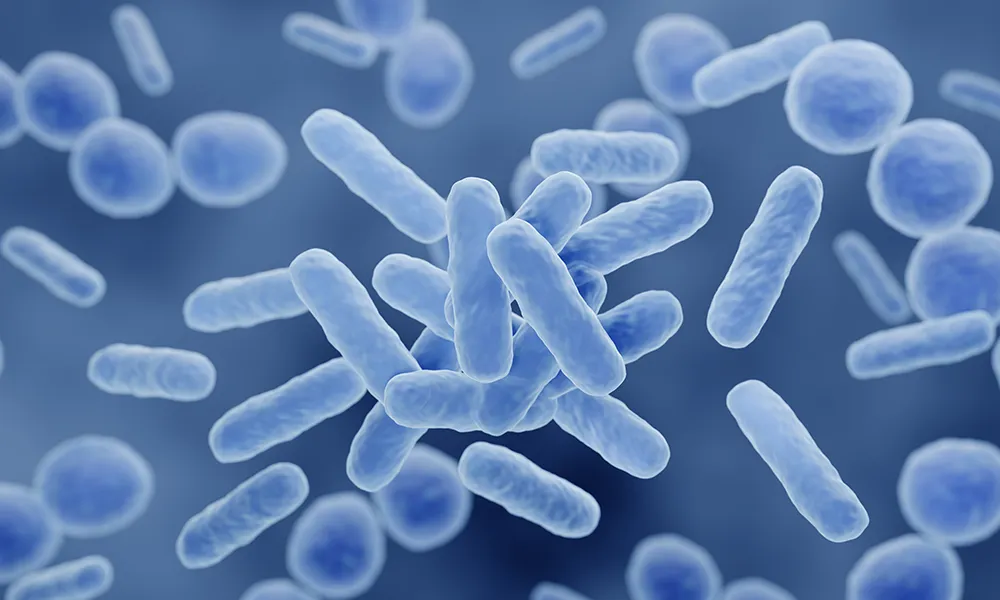What are enterococci?
Enterococci are spherical bacteria that belong to the order of lactic acid bacteria. They can be found in nature, in both humans and animals and in some animal-based food products. One well-known example of food that undergoes ripening due to the action of enterococci is French Camembert cheese, which owes its unique taste to these bacteria. While enterococci have desirable properties, some species can also have adverse effects. They can act as pathogens and cause severe infections, particularly in groups of people with weakened immune systems. Moreover, they are often resistant to antibiotics.
How do enterococci get into drinking water?
Enterococci do not multiply in water – but only in the human or animal body. Therefore, they only get into drinking water through faecal contamination from outside. The causes of contamination with enterococci can be manifold. It is difficult to identify the sources beyond doubt. The bacteria in the water indicates local hygiene problems and poorly maintained or improperly installed household plumbing. Leaking cesspools, old sewers, operational faults, and insufficient water flow in the distribution network of the catchment area are also considered risk factors. Detection of enterococci indicates that other pathogens are probably present in the water. Unlike coliform bacteria, enterococci are much more resistant to desiccation or disinfectants such as chlorine.
What are the consequences of enterococci in drinking water?
Out of the 25 known species of Enterococcus, some strains can be harmful to humans and cause pathogenic effects. These can lead to serious health complications such as blood poisoning, pericarditis, and urinary tract infections, especially for the elderly, weakened individuals, those with unstable immune systems, and infants. What’s more concerning is that some of these pathogens have developed a natural resistance to certain antibiotics, known as the “enterococcus gap”. As a result, drinking water contaminated with enterococci can pose a severe threat to consumers’ health.
Who is responsible?
Enterococci in tap water are a severe finding. Since the bacteria do not spread in the water, the contamination is usually due to faecal contamination. Although the UK Drinking Water Regulations do not have a specific limit for enterococci, water companies and regulators may have internal standards and guidelines for monitoring enterococci in drinking water. Up to the property boundary, the responsibility lies with the municipal water companies. They treat the water and subject it to constant controls to ensure that the water is of impeccable quality. Should bacterial contamination nevertheless occur, it is advised to boil the tap water before consumption. However, no controls are carried out after the property boundary; the landlord or house owner is responsible here.
Enterococci in drinking water: What to do?
If enterococci have been detected in drinking water, the water should only be drunk boiled. Since the cause is usually in the household plumbing, it is crucial to determine immediately where the contamination is coming from to take immediate action. To quickly specify whether tap water is contaminated with enterococci, you can have your water tested. At IVARIO Lab, water testing is easy, and no experience is required.


